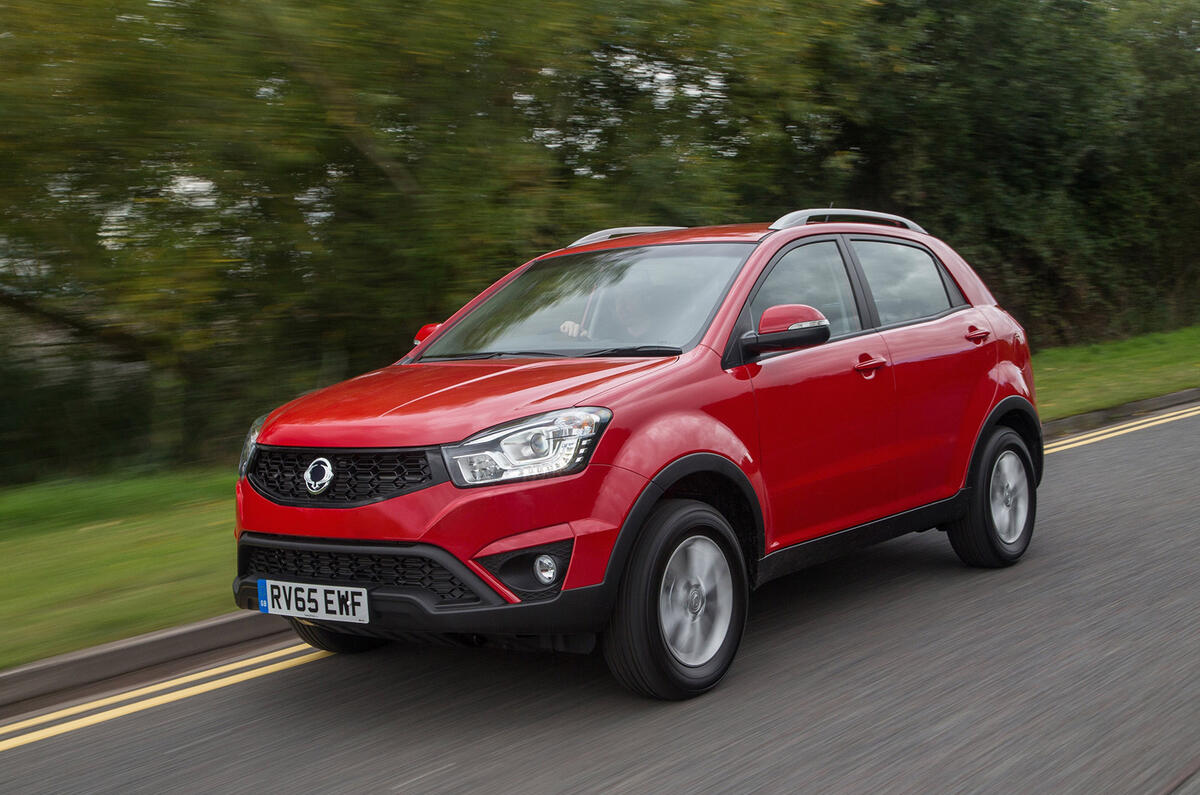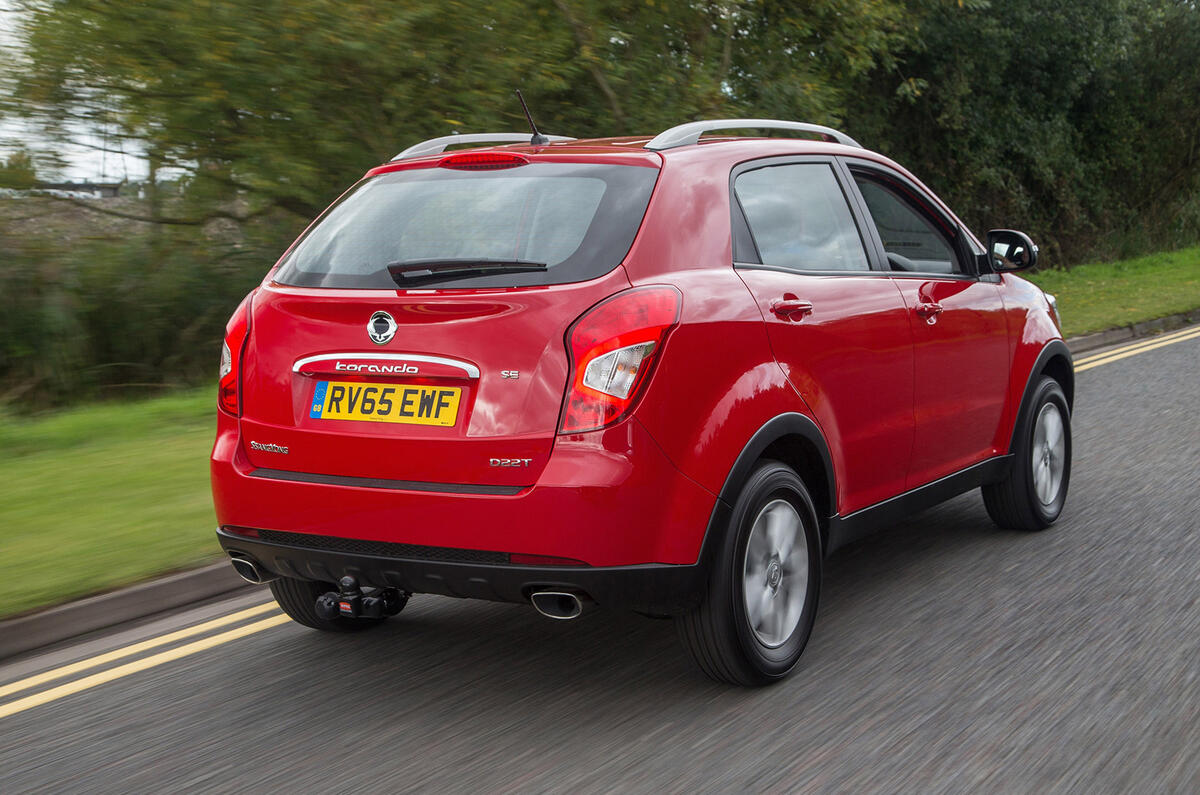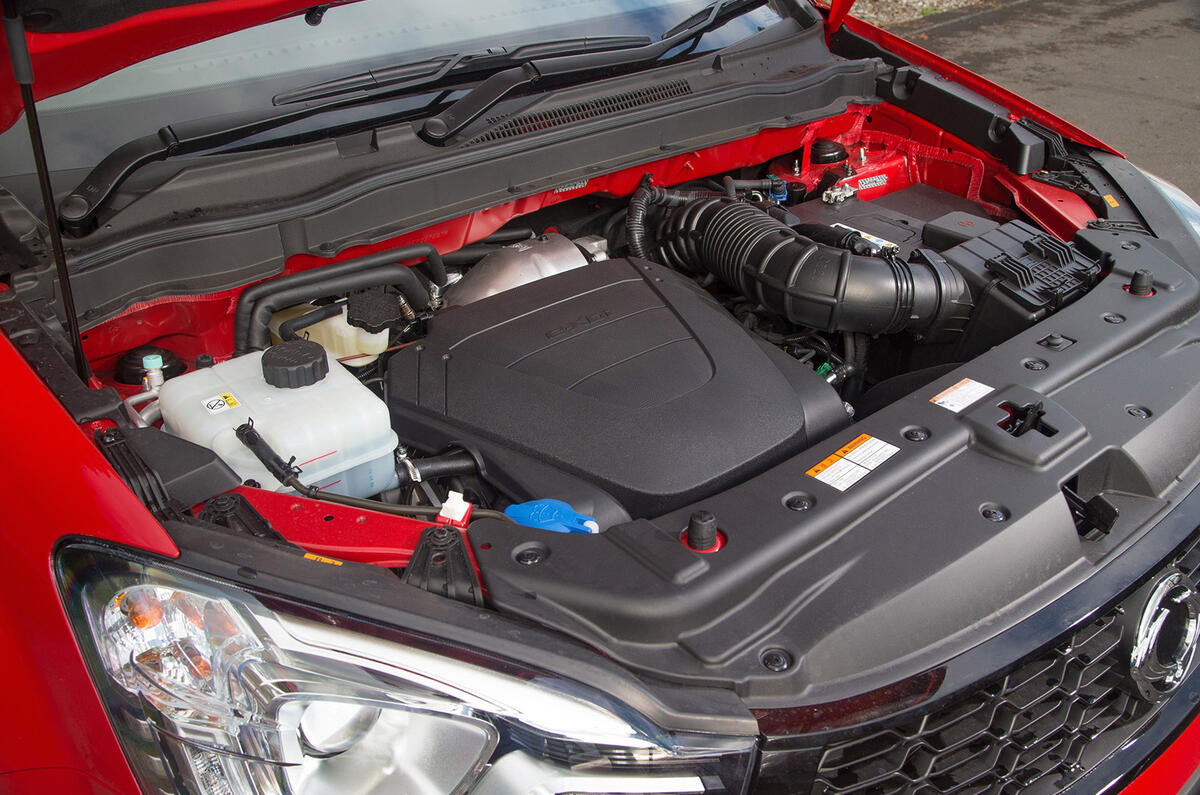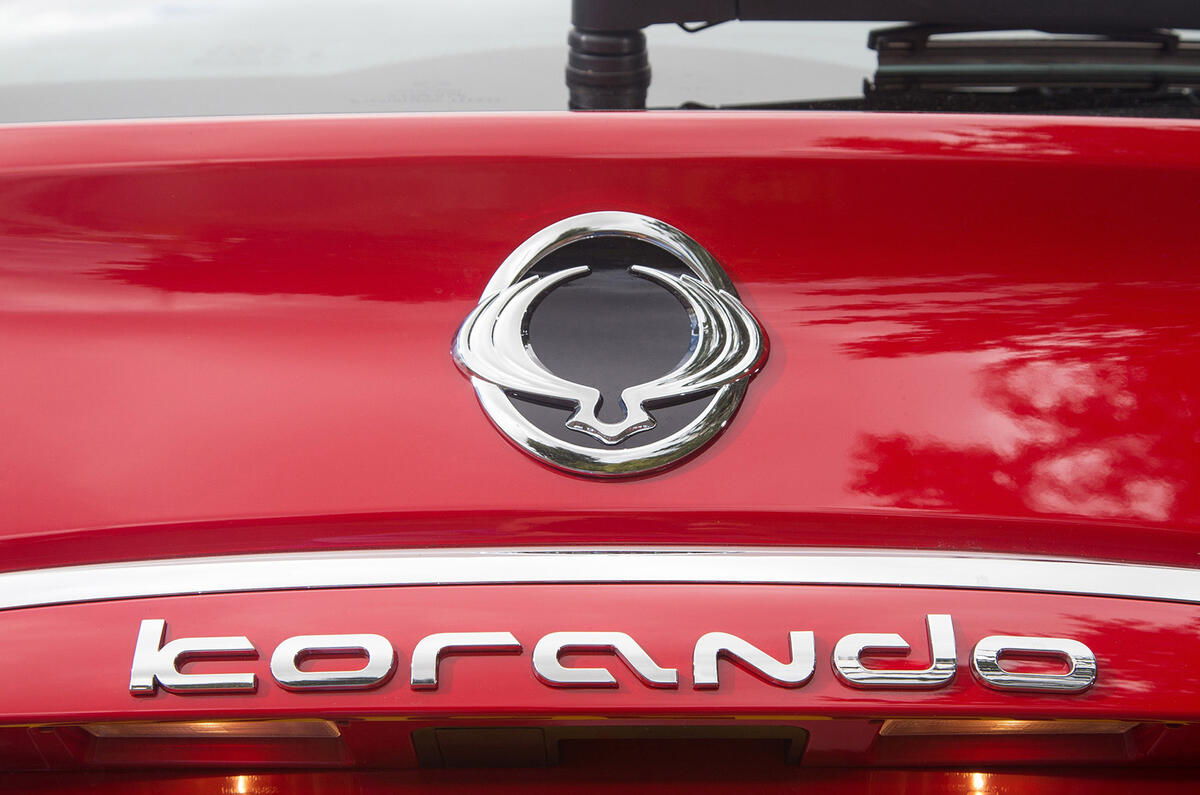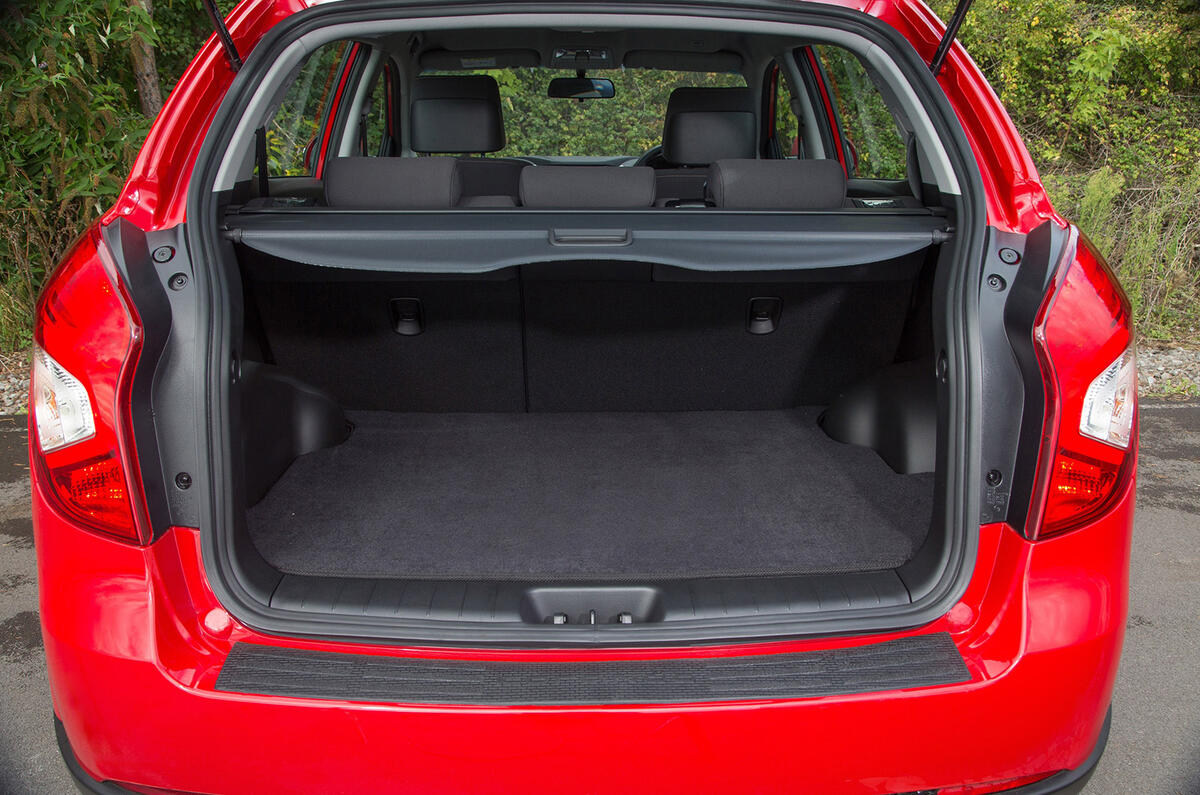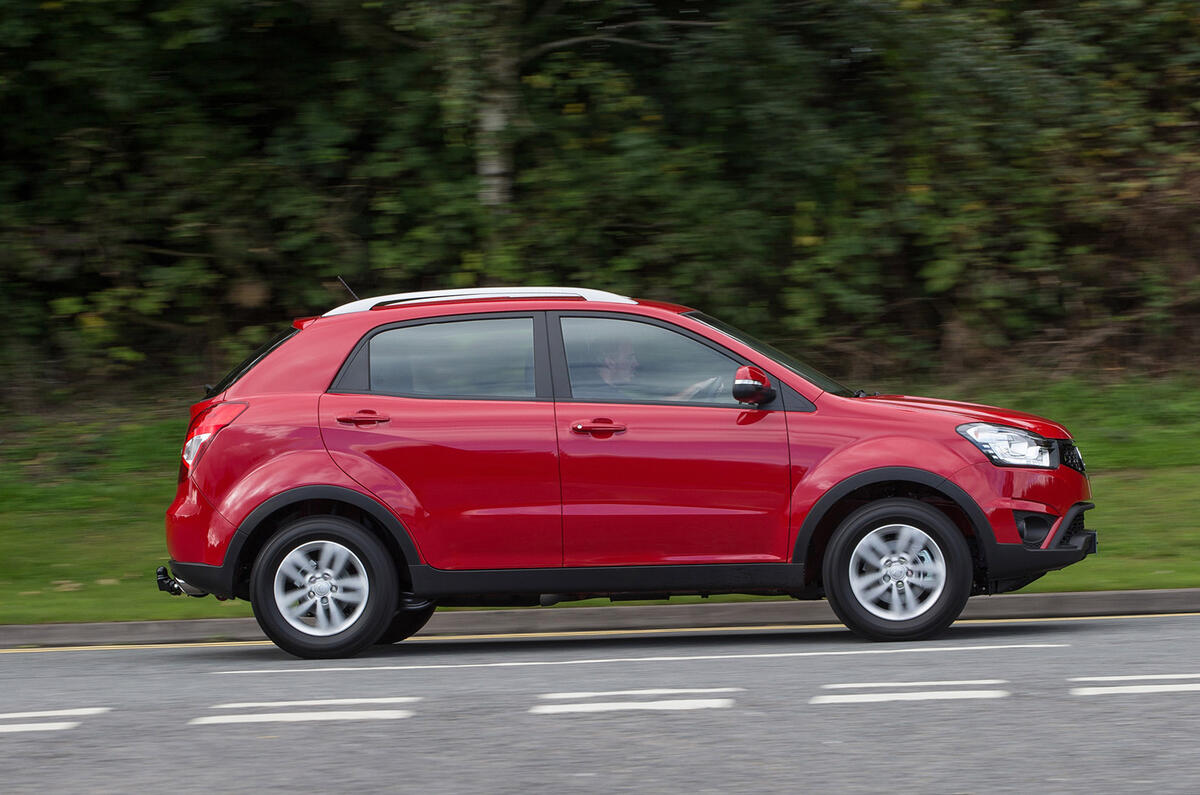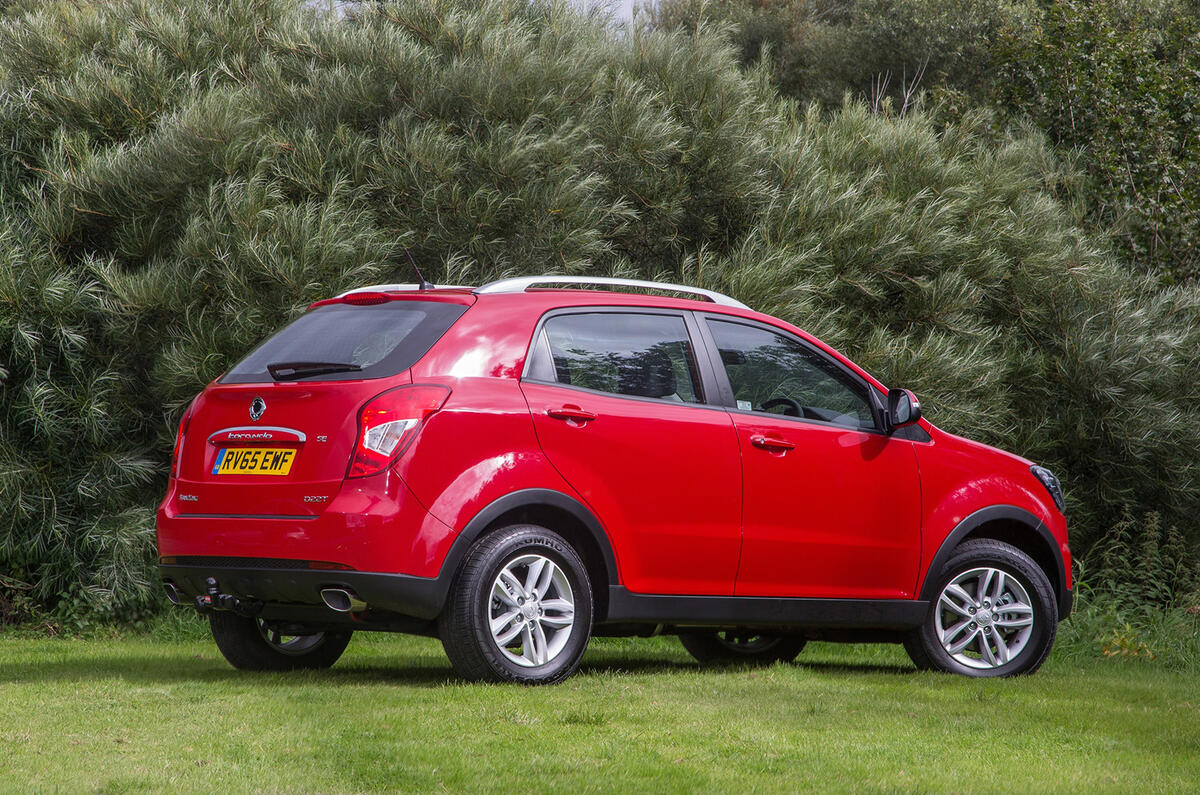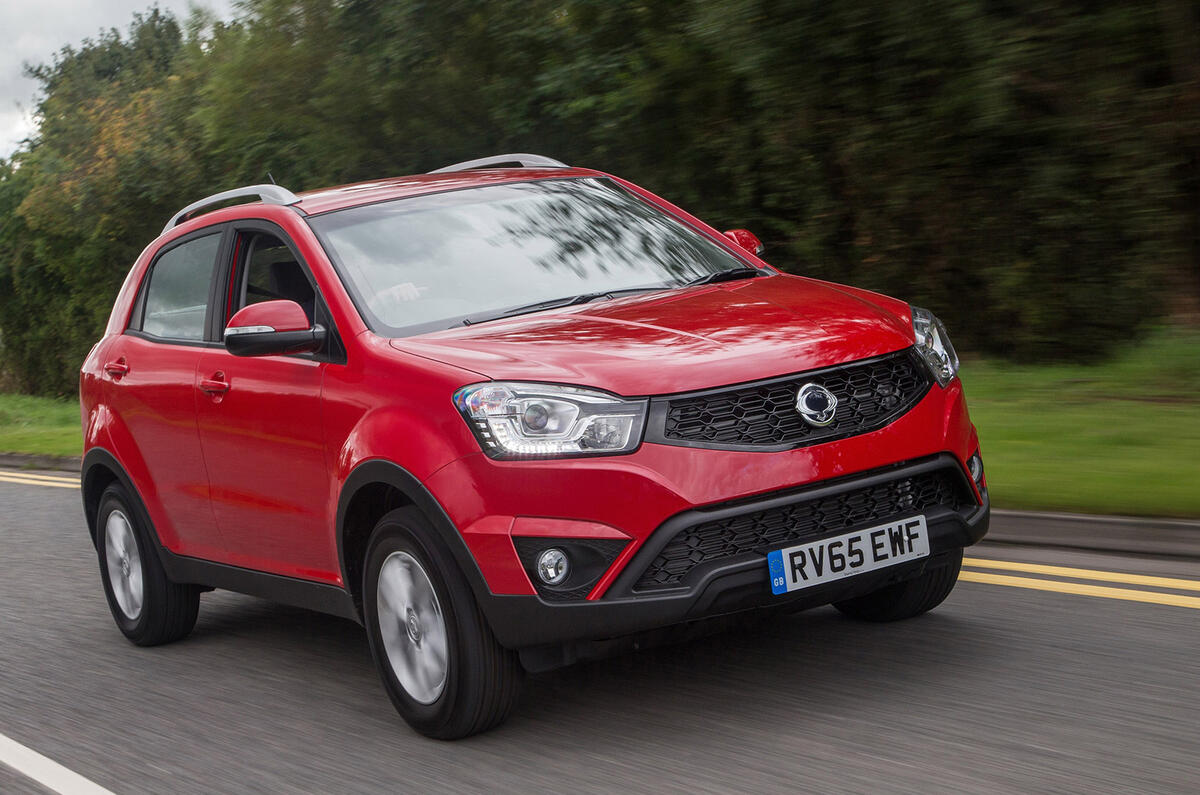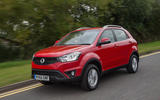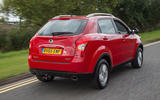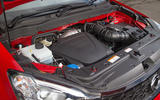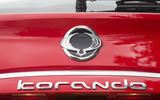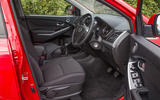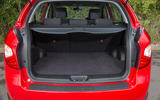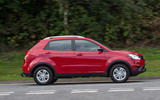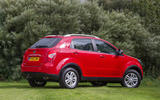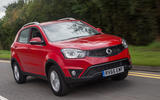Originally launched in 2010, Ssangyong Korando forward in Ssangyong’s pursuit of a better reputation among buyers.
Not only was it a handsome addition to the compact crossover market, it was also the firm’s very first monocoque model – meaning it delivered a far better approximation of a car’s handling characteristics than any of the body-on-frame SUVs that continue to fill out the firm’s modest lineup.
A facelift for 2014 updated the Korando inside and out without significantly tampering with the established formula. The front end, already a generic effort, receives a generic revamp; swapping out headlights, grille and air intakes for those of a slightly different shape.
LED daytime running lights now feature, but overall the impression is still of an acceptably modern-looking crossover with little about it to stick permanently in the memory.
The interior is slightly less forgettable, but only because it comes partly clad in the kind of cheap plastic which cannot otherwise find a home in this class. The redesigned dashboard makes ergonomic sense, although it hasn’t lost any of its brittleness.
On the plus side, the Korando gets large storage bins, reach and rake adjustment for the steering wheel and generous equipment levels on higher-spec models. It is also competitive on interior space; offering decent leg and headroom for rear passengers, and acceptable luggage space.


